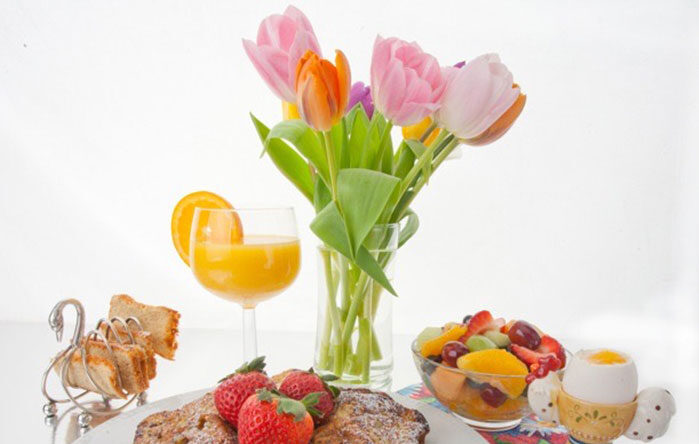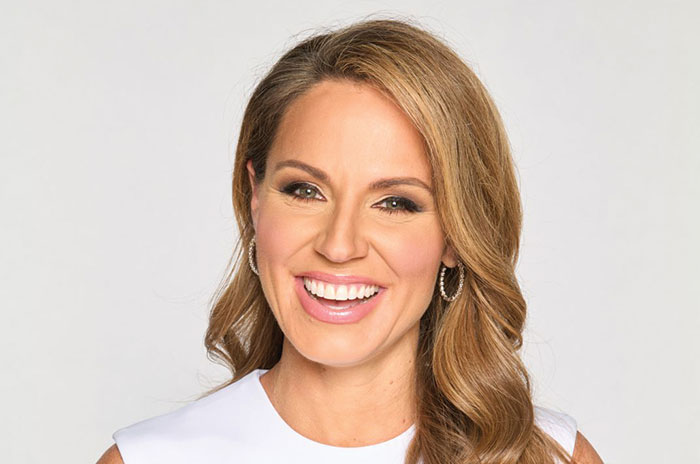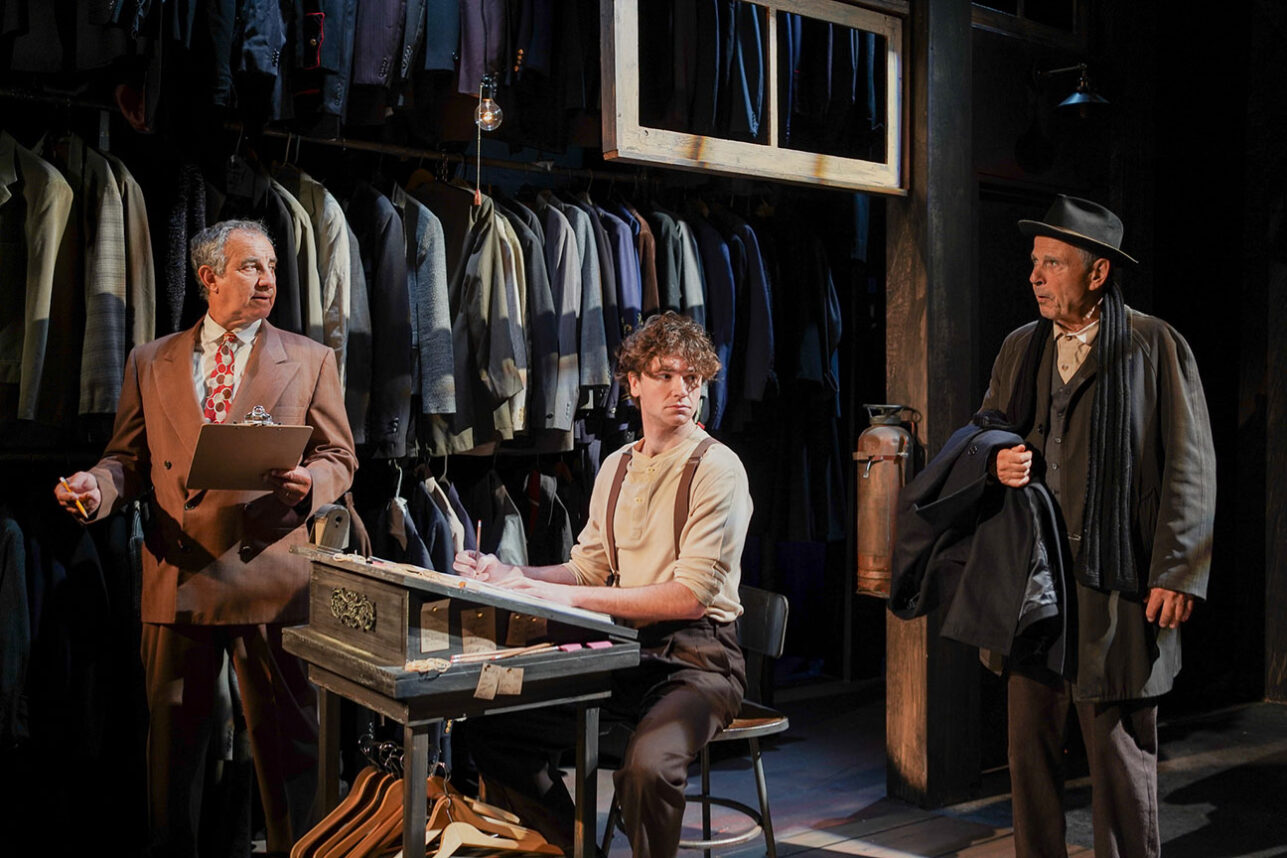As tallit maker Shoshana Enosh watched a first-time customer sift tentatively through her wares, she got that feeling she can never explain.
“Why don’t you try this one?” Enosh suggested, knowing which tallit to pull from the rack.
The woman nervously wrapped the prayer shawl around her stooped shoulders. Enosh said she began to cry as she watched the transformation.
The woman stood up perfectly straight — “a proud person, a whole person, for that second,” Enosh said.
No surprise the woman bought the tallit.
Enosh lives for experiences like this one. Though of ambiguous faith herself, she has spent the past 24 years trying to enhance the spiritual experiences of other Jews by deepening their connection to religious garments.
“You really don’t know what your soul wants until you’re playing with these toys,” she said.
The wife of Akiva Annes, rabbi emeritus of the Reform Temple Judea in Tarzana, Enosh spent much of her early life in synagogue. In fact, the idea for Enosh’s company, Shosha, which also makes kippot and chuppot, came to her during a Shabbat evening service.
Standing outside the sanctuary, Enosh watched a man snatch a tallit from the nearest rack, throw it over his shoulders and race inside. To her surprise, the men who followed did the same thing.
Enosh said the way the men put on their tallitot made it seem as if they had “no idea why they were doing this. They were not even connected to the movement or the motion.”
Plus, she added, “[the tallitot] weren’t very pretty.”
Enosh, a formally trained textile designer, dyer and weaver, set out to change that.
There was plenty of room for innovation in the field in the 1980s, Enosh said. Before then, tallitot were practical garments, drab and unadorned, she said.
She likes to joke that “practical” is no way to go about making — or, for that matter, buying — tallitot. “Where was the color?” she asked.
There was a whole world of unexplored possibilities — turquoises, pinks, browns, reds, oranges, purples, golds. She designed with them all, using traditional wool, choice silks and other materials to fashion vibrant new garments. Color has since become her signature.
“We vibrate with color,” Enosh said. “Color is what our world is about.”
Rabbi Jonathan Aaron at Temple Emanuel of Beverly Hills, one of Enosh’s regular clients for the past 15 years, said her skill with color is instinctual. He recently brought her a picture of the sanctuary’s new carpets, and together they designed a set of matching prayer garments for the clergy.
But Enosh didn’t stop at color. She added hand-painted designs, metallic sheen to some of the tzitzit, and crystals —sewn on, not glued —to the kippot.
She realized that tallitot sit poorly on the neck — “Why put a straight edge on a round surface?” — so she curved the midsection. It might seem like a small change, but she says the effect has been widely felt.
“The fabrics have a really great drape,” said Andrea Pullman, owner of Gallery Judaica in Westwood. “Nothing is stiff about anything.”
From the confines of her cramped, bustling Northridge workshop, Enosh has supplied the Judaica store for some 20 years. Her garments, which start as low as $300 but can go for more than $1,000, continue to sell well.
Many of Shosha’s customers are kids, often nearing b’nai mitzvah age. A tallit is a traditional gift for the occasion.
One customer stands out in Enosh’s memory. She was a soon-to-be bat mitzvah with big ideas for her tallit. A lot of times, Enosh said, parents pooh-pooh their kids’ crazy ideas, but this mom gave her daughter free rein. The girl wanted wild animals painted on her tallit — a tiger and a snow leopard. The mom said OK, and the finished product was one of Enosh’s favorite pieces.
Enosh said traditional tallitot don’t mean anything to children, unless they have some hand in the creation process.
“To build tradition in a child, it seems to me they have to have something to relate to first, and then to grow with,” Enosh said.
But for someone so invested in the spiritual lives of others, Enosh, who was born to American parents in New York but raised in Cuba, remains curiously detached on questions of religion. She is a deeply spiritual person — she leads classes in qigong, a Chinese system of meditative exercises intended to improve physical and mental health— but said she never “totally embraced” her Jewish heritage.
But her spirituality was never static; it constantly evolved as she tried new things. Discovering the power associated with religious garments provided Enosh a newfound spiritual outlet. She knew she had to share it with others.
“It’s a piece of art that you’re putting on your body,” Enosh said. “I think that’s honoring your soul.”
For more information, call Shoshana Enosh at (818) 886-5021.





















 More news and opinions than at a Shabbat dinner, right in your inbox.
More news and opinions than at a Shabbat dinner, right in your inbox.